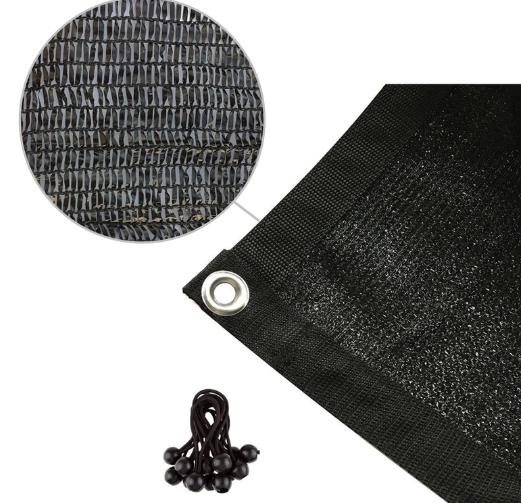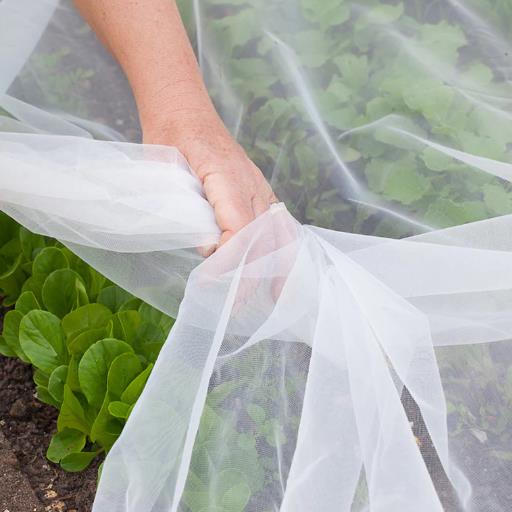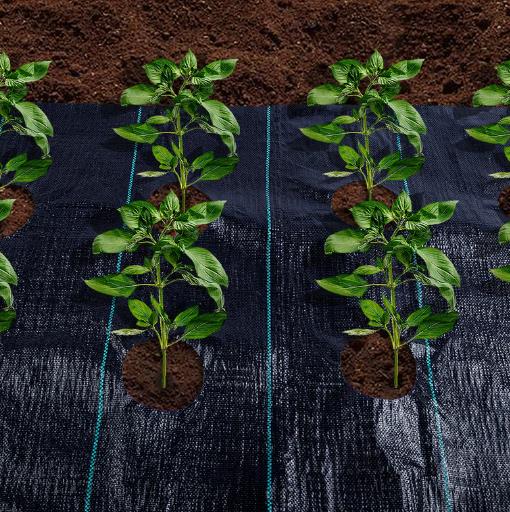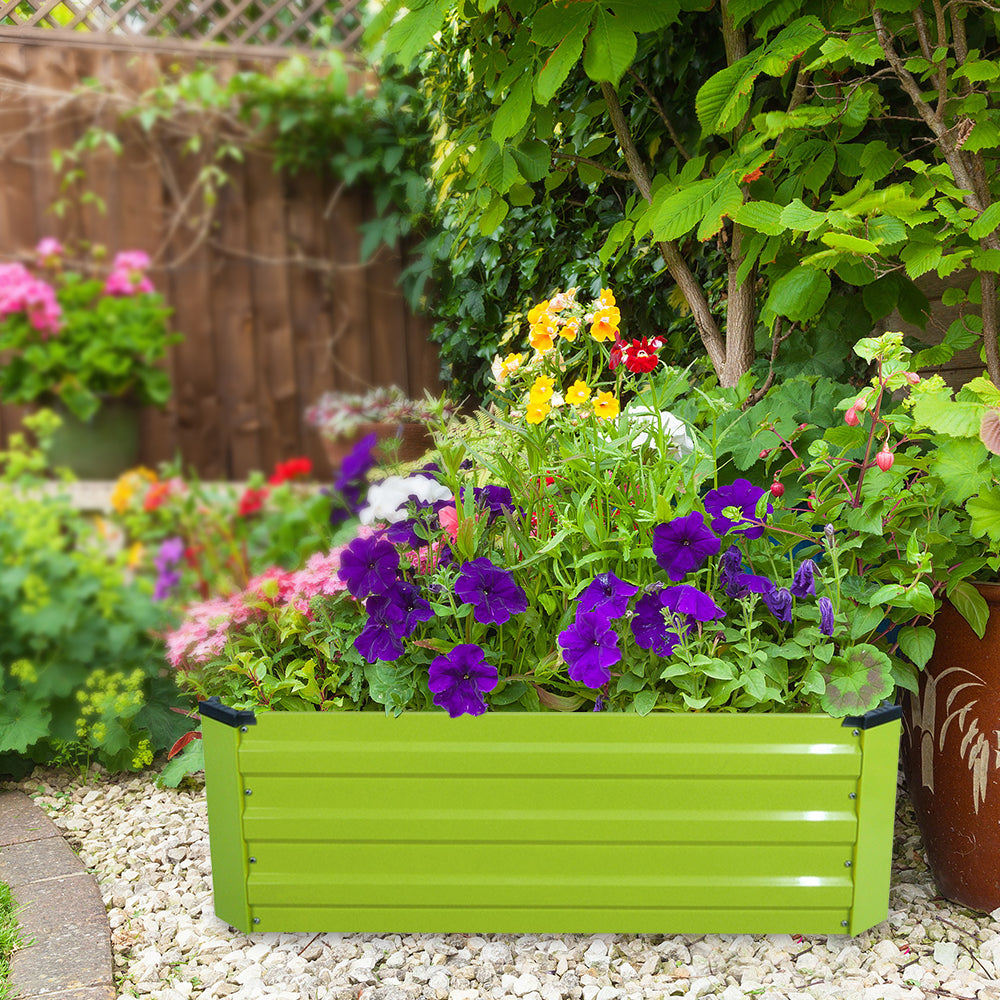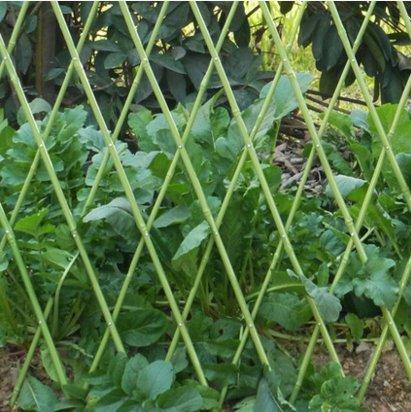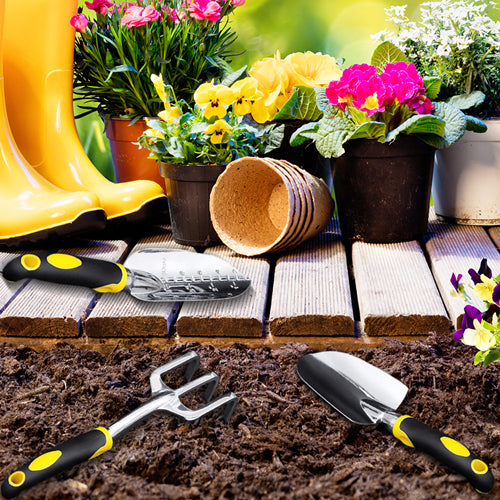
Sowing and Seedling Guide
Guide to sowing and raising seedlings, from seed germination to seedling maintenance
Spring is a very suitable season for sowing, especially when the temperature is kept between 59 and 77 degrees Fahrenheit (some plants require a cool environment). The seeds of most plants can germinate normally. Too high or too low temperatures will affect the seeds. Germination rate.
In order to prevent the climate from drying out, it is best to choose some nursery pots with lids that can keep heat and moisture in. Of course, you can also make some small nursery pots yourself, or even use disposable cups to grow multiple kinds of seedlings (cut a few more holes at the bottom of the container) ), you can cover the seedling pot with some plastic film, wait for the seedlings to grow, and then gradually lift the film, which can also achieve the effect of heat preservation and moisturizing.
Before sowing plants, it is recommended to buy a container for sowing. You can use a seedling pot, preferably a high-foot hole seedling pot (height is about 4 inches), which can allow the plant's seedling root system to grow more vigorously, and then move it After planting into potting soil, the success rate of transplanting into the ground will be higher and the recovery speed will be faster.
- Selection of sowing substrate
When sowing seeds of all kinds of plants and flowers, you must choose soil that is loose and breathable, has a certain water-holding capacity, and must be clean. This is extremely critical.
The easiest way is to use peat soil. Be careful to choose fine particles. Peat soil is particularly clean, rich in organic matter, very breathable and loose, and has good water retention capacity, which is beneficial to seed germination.
If you feel that peat soil is not environmentally friendly, you can use coconut peat instead. For example, use fine coconut bran mixed with perlite and vermiculite in a ratio of 6:1 or 5:1. You can mix in a little coarse coconut shell appropriately. Here's a little tip. Whether it is fine coconut bran or coarse coconut shell, they are the outer fiber of coconut. Even after industrial desalination treatment, a little salt will remain. Before use, it is recommended to rinse it with clean water more than two or three times.
If you want to increase the water retention capacity, you can mix some vermiculite into the soil or into the soil. Vermiculite is particularly clean and breathable, and its water retention capacity is very good.
- Seed germination
Different flower seeds have different germination methods. Some seed shells are particularly hard and need to be soaked in warm water to soften the seed shells before sowing.
It is recommended that the seeds of most plants be soaked in clean water for 8 to 24 hours, but you should pay attention to cleaning the seeds frequently. When cleaning, be careful not to scatter them. If there is mucus on the seeds, be sure to clean them.
After the plant seeds are soaked, they can be sown directly in the soil, or they can continue to germinate. The best way is to prepare some crisper boxes and put some wet paper towels or commonly used paper towels on the crisper boxes. After spraying with water, the seeds can germinate normally. .
Place the seeds on a moist paper towel, fold the paper towel, then cover it and place it in a ventilated and light place. Spray water regularly in the later period to keep the paper towel moist and maintain a warm and humid environment.
When the seeds sprout small white roots, they should be spread in the soil in time. Don't wait for the roots to grow too long or even penetrate into the paper towel, which will be difficult to handle.
- Seedling cultivation
Put the prepared soil into the seedling pot. Be sure to water it thoroughly in advance so that the soil is completely saturated with water. Then you can spread the seeds evenly in the seedling pot. If it is a plant with a relatively high germination rate, usually a small Just put one or two seeds in the grid.
If the seeds are particularly small, it is recommended to use a toothpick dipped in water and stick the seeds to the soil surface. After the seeds are sown on the soil, be sure to check whether they need to be covered with soil. Some seeds need to be exposed to light to germinate, while others need to be covered with soil.
Note that some plant seeds need to be covered with black film or placed in a dark place to germinate normally.
- Later maintenance
Some seeds are prone to residual pathogens and are prone to lodging or rotting later. The seeds can be soaked in potassium permanganate solution or carbendazim solution in advance.
During the entire seedling raising period, be sure to keep the soil slightly moist, maintain a warm environment, and maintain good ventilation. After the seedlings grow out, gradually lift off the film or cover.
After the seedlings grow, you must gradually increase the light to allow the seedlings to gradually adapt to the sun, keep the soil moist, and avoid strong winds. Be sure to use relatively fine water when watering to avoid washing the seedlings down.
You must pay more attention to the seedlings during the maintenance period. Do not rush to fertilize in the early stage. During the growth of the seedlings, you can spray fungicides once or twice.
Once the plant seedlings have grown four or more true leaves, they can be transplanted directly into the soil. When transplanting seedlings in hole pots, the root system of the plant should be spread out in all directions so that the root system of the plant can have better ductility in the later stage instead of growing into a ball.
Summarize:
The seeds of each plant have different requirements for temperature, humidity and light (whether they are covered with soil or whether they are exposed to light). They must be treated accordingly and be patient when sowing. It is normal for the seeds of some plants not to germinate for a month or two. of.


